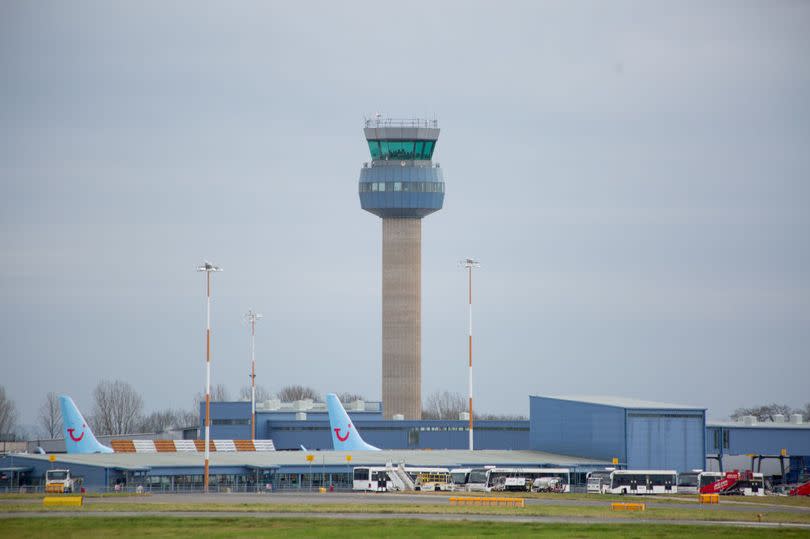Cargo plane forced to divert from EMA due to wiring defect

A cargo plane had to divert from East Midlands Airport (EMA) after an electrical malfunction “triggered a number of warnings and cautions” and caused the co-pilot to lose instrument displays, a report published today (Thursday, May 16) by the Air Accidents Investigation Branch (AAIB) has revealed.
The AAIB said a wiring defect “probably caused by incorrect use of mechanical wire stripping tools" led to the incident. The report states that a malfunction caused the crew of two pilots to perform a “go around” and that they manually flew the aircraft to Birmingham Airport where it landed without further incident.
The report states the two pilots temporarily lost communications with air traffic control during this diversion and they lost “autoflight capability” completely. It said action has been proposed by the equipment manufacturer and has been taken by the third-party maintenance organisation to promote the use of different tools to prevent a repeat of the malfunction.
READ MORE: Police appeal for help to find Leicester man who failed to appear in court
The incident took place on Tuesday, January 17, last year, at around 4.25am, while the aircraft was in cloud at low altitude on its landing approach at EMA from Belfast International Airport. As the malfunction happened below 1000 ft, the crew initiated a go around “in accordance with the company operations manual”, the report said.
It said it was during this go-around that the pilots were “presented with a significant loss of flight instrumentation and multiple visual and audible alerts including ground proximity warnings.
“They established the aircraft in the climb and followed the published standard go-around procedure. Due to the likely distraction caused by the many warnings, the crew did not initially retract the flaps.
“Once level at 3,000 ft, the crew recognised the miss-set flaps and retracted them.” The report said that “flap limiting speed was not exceeded.
“At this point, the co-pilot had no reliable flight instruments, and this disrupted the usual crew resource management as his ability to monitor the aircraft’s flight path was significantly degraded,” it said. “With the prospect of a manually flown diversion, using degraded flight instruments and without radio communications, crew workload was high.
“They made a MAYDAY call to EMA Tower and, in the static, believed they heard a response directing them to contact EMA Approach. They did so and, on that frequency, re-established clear communications and asked for vectors toward Birmingham.”
The report outlined that “partially-connected, damaged wiring” resulted in an electrical system believing there was a fault. It said the “manufacturer of the starter-generator had previously identified the risk of mechanical damage from mechanical insulation stripping tools and uses thermal wire strippers in its own manufacturing and overhaul facility.
“However, the use of these tools was not specified in its product maintenance documentation.” The manufacturer will now modify the procedure for maintenance of the unit to “highly recommend” the use of thermal wire strippers.
We are now bringing you the latest updates on WhatsApp first

 Yahoo News
Yahoo News 
